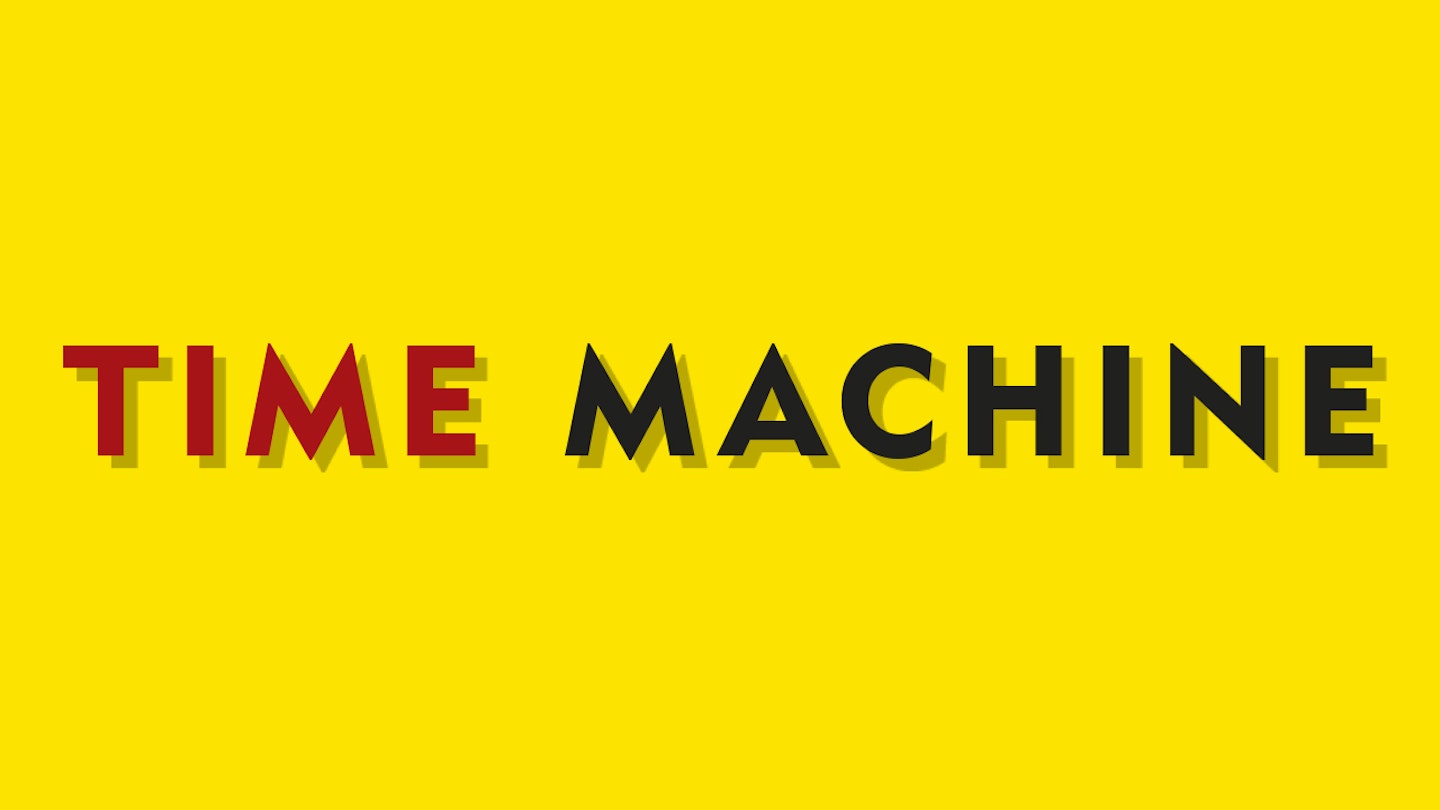13 September, 1974
The 13th? Unlucky for some. Especially if Friday-connected (it was). But Supertramp didn’t see it that way. For on that date in 1974, A&M released the band’s third album, the one that that was to change their lives.
I’d followed the on-record progress of the band since they’d stuck out their self-titled debut LP in summer 1969. I liked it, as did a Sounds reviewer who called it “a brilliant collection of rock songs.” Later in an early piece on the band I commented, “I doubt it if did enough to keep Herb Alpert in bed socks for a week. And the band’s drummer had a breakdown about that time – which really didn’t help much.”
"We were floundering."
Roger Hodgson
Disillusioned, Supertramp re-emerged in 1971 with Indelibly Stamped, an album most only remember for its cover depicting the bosom of tattooed lady Marion Hollier. Guitarist Roger Hodgson admitted that Indelibly Stamped was far from memorable, saying, “we were floundering.” The band seemed doomed and a split seemed inevitable.
But, somewhere along the way, they decided to try a single and mix it at Soho-based Trident Studio, where they teamed up with producer Ken Scott, an ex-EMI engineer who had since worked with Elton John and co-produced such albums as Hunky Dory, Ziggy Stardust, Aladdin Sane and Pin-Ups with Bowie. Scott liked what Supertramp were doing and they bent his ear towards the large amount of material they’d piled up on their homely Sony tape-deck. He began to work up the kind of relationship that Eddie Offord had achieved with Yes, and opted to lead them on their quest for their personal Holy Grail – an album that would gain them kudos of the gratifying kind.
A trip to The Who’s Ramport Studio in Battersea was arranged and the basic tracks were laid down. When deemed ready, the band, then comprising Hodgson and his co-vocalist Rick Davies, plus bassist Dougie Thompson, synth and sax man John Helliwell plus California-born drummer Bob C. Benberg, returned to Trident for overdubs before heading to Scorpio Sound in Euston, where the final mix took place “Ken really became part of the band,” recalled Davies, “But he was such a perfectionist that when he tried for a drum sound we’d all walk out and leave Bob Benberg and him to it. If we came back a couple of hours later, they’d still be working it all out.”
Scott’s pursuit of perfection extended to the sound effects heard on the album. When the sound of children’s voices was required, Scott headed down to his daughter’s school and recorded the melee at home-time. One evening he spent recording buskers in London’s West End while, on another occasion, he and Supertramp decamped to Paddington Station where, amid the train-spotters they recorded the station announcements for the track titled Rudy, a semi-biographical song regarding Davies’ life at the time.
With the recording intact, it remained for photographer Paul Wakefield and A&M art director Fabio Nicoli to fashion a suitable cover. Wakefield emerged with the idea of a prison cell window floating in space while a prisoner silently screamed through the bars, the requisite hand being supplied by Wakefield’s twin brother. The band gave their approval and then added the final dedication “To Sam”, their name for Stanley August Miesegaes, a Dutch millionaire who donated a portion of his fortune to supporting Supertramp between 1969-1972.
"Christ, this band are going to be bloody big..."
Sounds
When released, I reviewed the album for NME and enthused: “Crime of The Century, whisper it not, has the makings of monster.” Others agreed, The Sunday Times claiming that the album was “striking musically” and Sounds concurring “There comes a time when you listen to an album and think: ‘Christ this band are going to be bloody big.’”
Just so. Crime Of The Century duly hit number 4 in the UK and number 38 in the US (where it would eventually be declared a gold seller on the back of hit single Bloody Well Right), as well as doing nicely in Europe and Australasia. The group were on the ascendant, and would enjoy a further four international hit albums, including 1979’s supersmash Breakfast In America, until Roger Hodgson quit the group in March 1983.
“By the end of the Breakfast In America tour the spirit had gone,” he told MOJO in 2007. “We made a follow-up to but we weren’t unified at all, so what could have been a sensational album ended up being very limp and average. We called it Famous Last Words because Rick and I decided we weren’t going through that again.”
